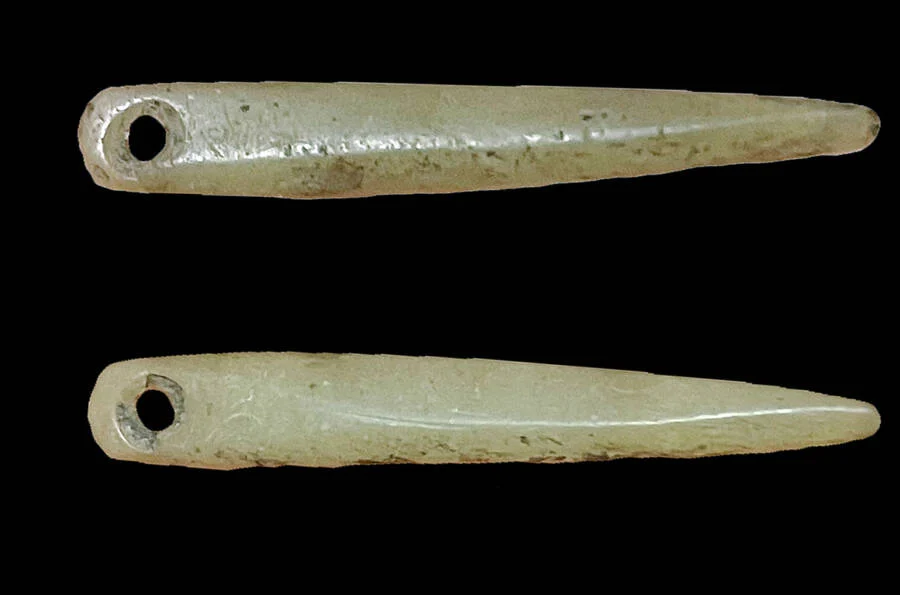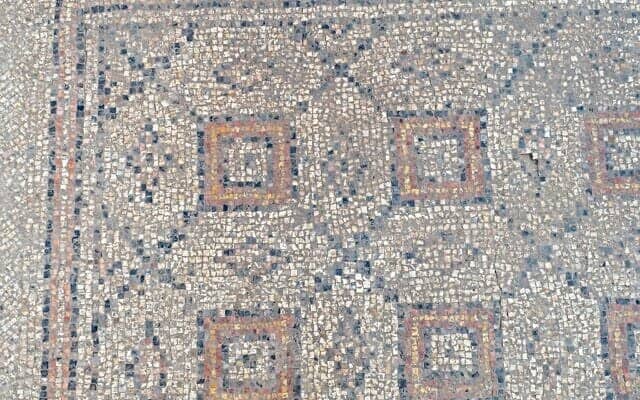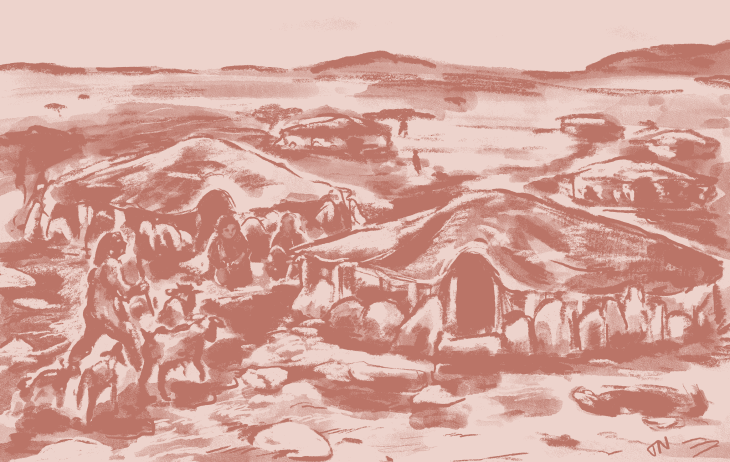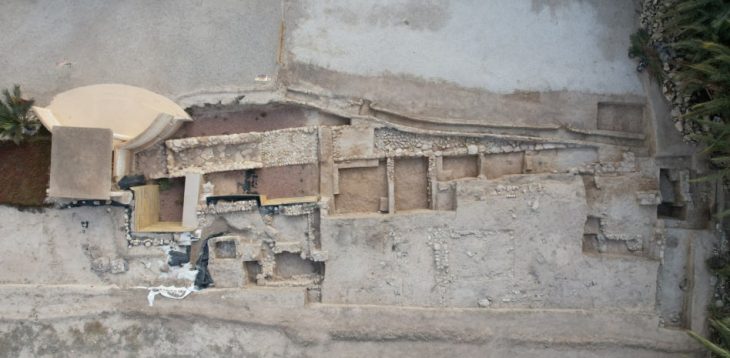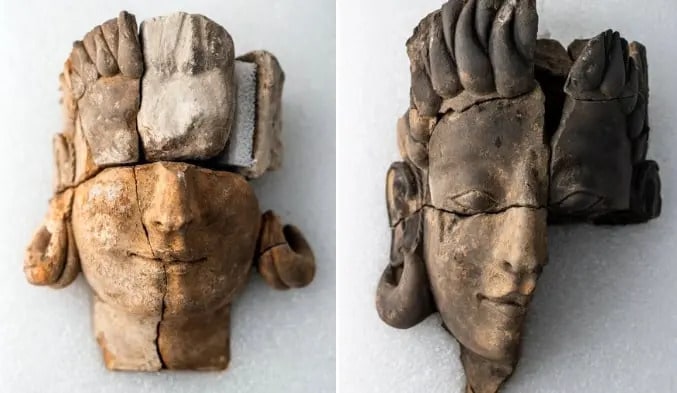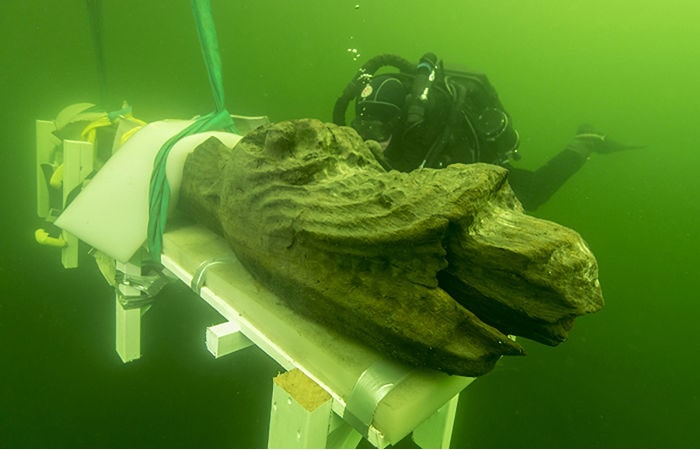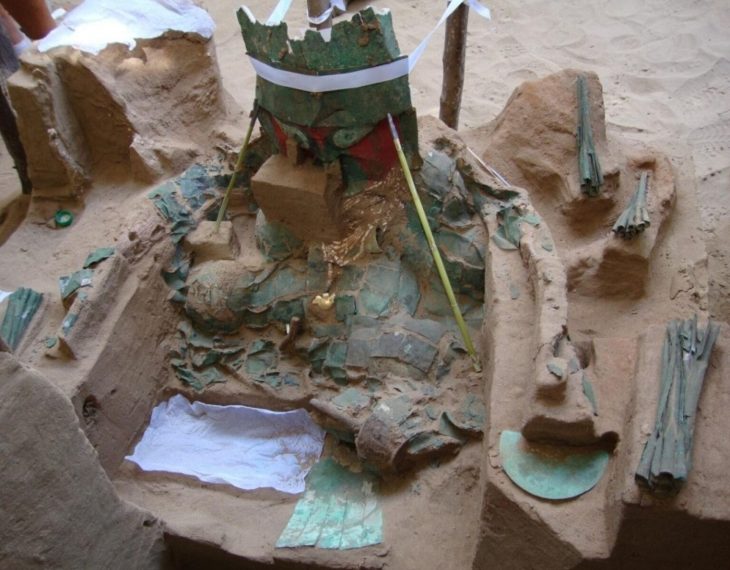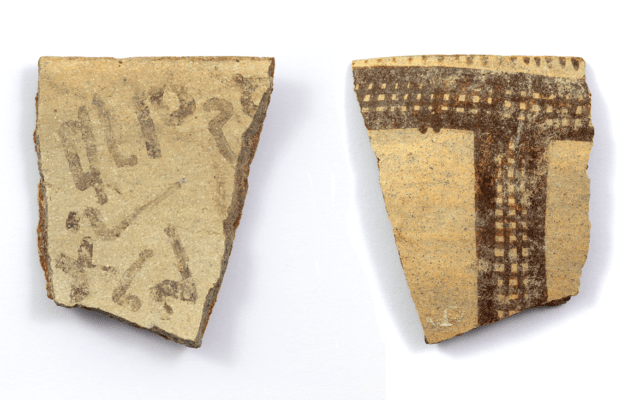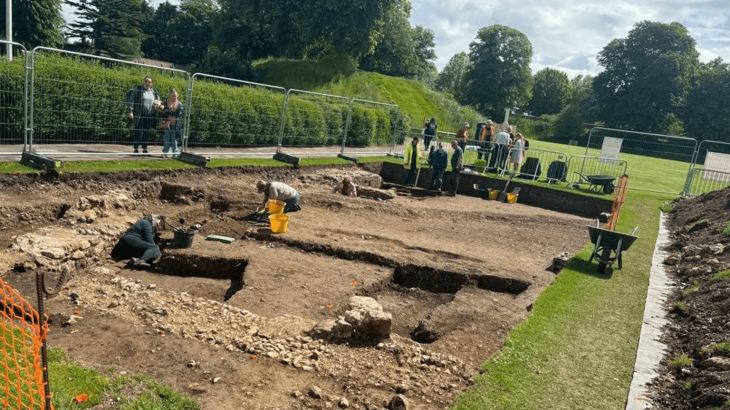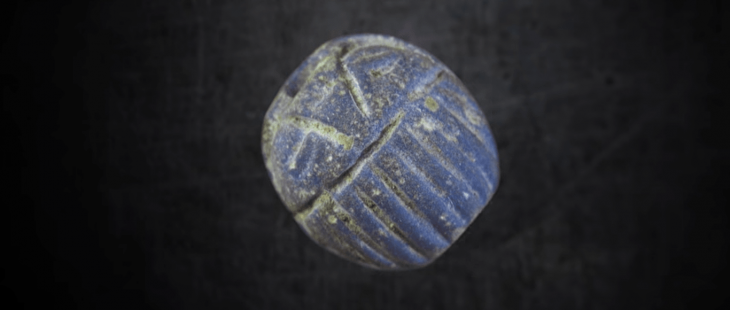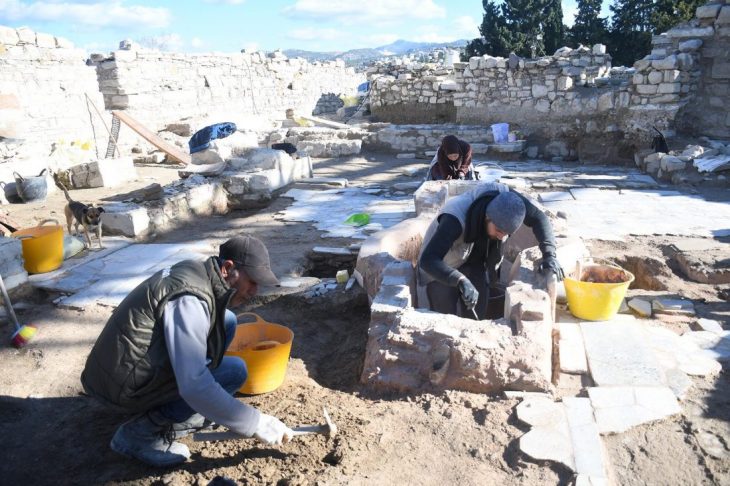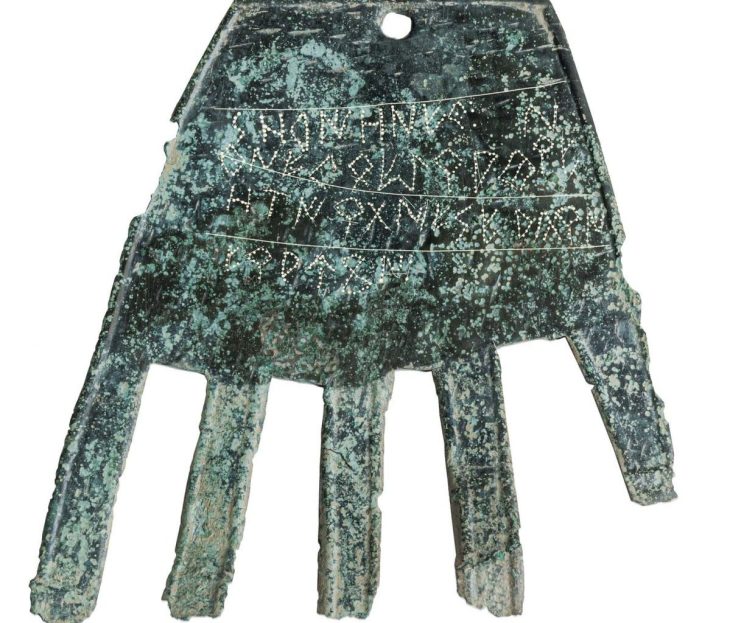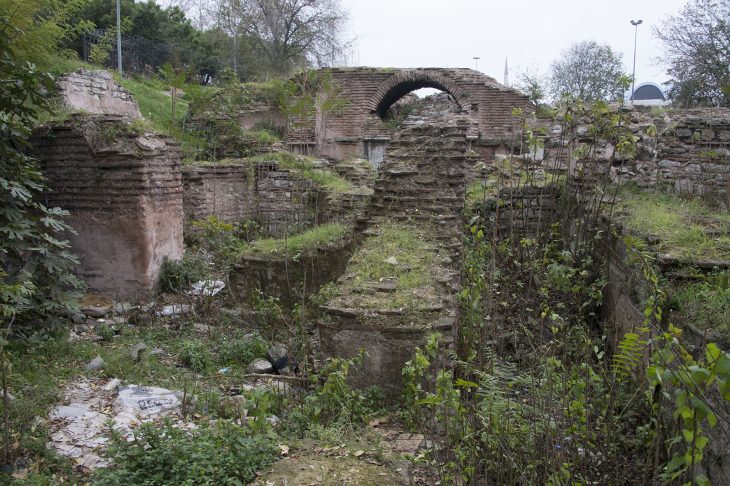In western Tibet, six peculiar stone artifacts were discovered in 2020 by archaeologists excavating close to the shore of Lake Xiada Co. Each was about half the length of a golf tee, with a pointed tip at one end and an eyelike opening at the other. They’ve now identified them as needles — and believe that they’re the oldest stone sewing needles in the world.
Now, in a study published in the Journal of Archaeological Science: Reports, Yun Chen, a graduate student at Sichuan University, and her colleagues claim that the artifacts are indeed stone sewing needles—and, at as much as 9000 years old, the oldest on record.
If so, this discovery dramatically changes the timeline of needle history. However, not everyone agrees that the stone objects found in Tibet were used for sewing.
The stone objects are slightly longer than an inch, with an eye-like opening on one end and a pointed tip on the other. they date from 7049 to 6568 B.C.E., and they are composed of materials such as talc, actinolite, serpentine, and tremolite. The study’s authors believe that they were once used as needles — and thus are possibly the oldest stone sewing needles ever discovered.
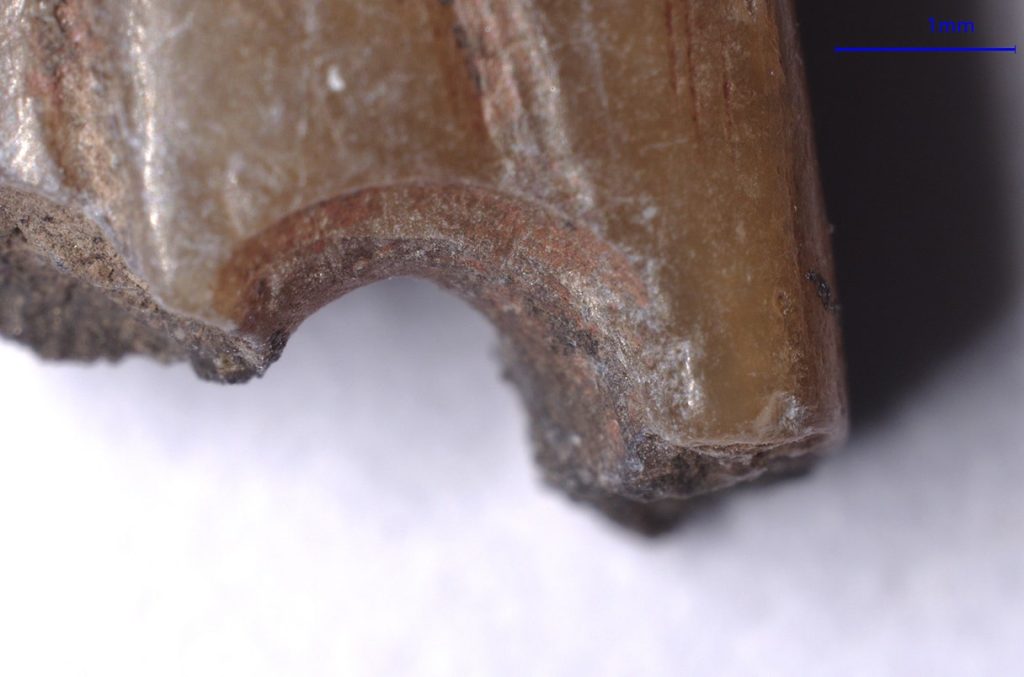
The longest and thickest of the six specimens (only two of which are intact), Needle 1 was examined by the researchers to see if they could duplicate the production of the needles using antiquated techniques. The researchers suspected that it had been ground into shape after being scraped due to the deep grooves on its sides. They took slabs of tremolite and obsidian and replicated the scraping, grinding, and drilling process that ancient people would have used.
They found that while it was possible to replicate the stone needles, including the characteristic grinding marks, the process was far more time-consuming than making softer bone needles. This implies that the needles might have been employed by the ancient Tibetans for more difficult jobs like sewing tents.
The needles may have had a religious or spiritual significance. More evidence that the needles may have had religious or spiritual significance comes from the red paint traces on them. According to scientists who told Science, ancient Tibetans thought red could ward off evil spirits and give stone tools “life and energy.”
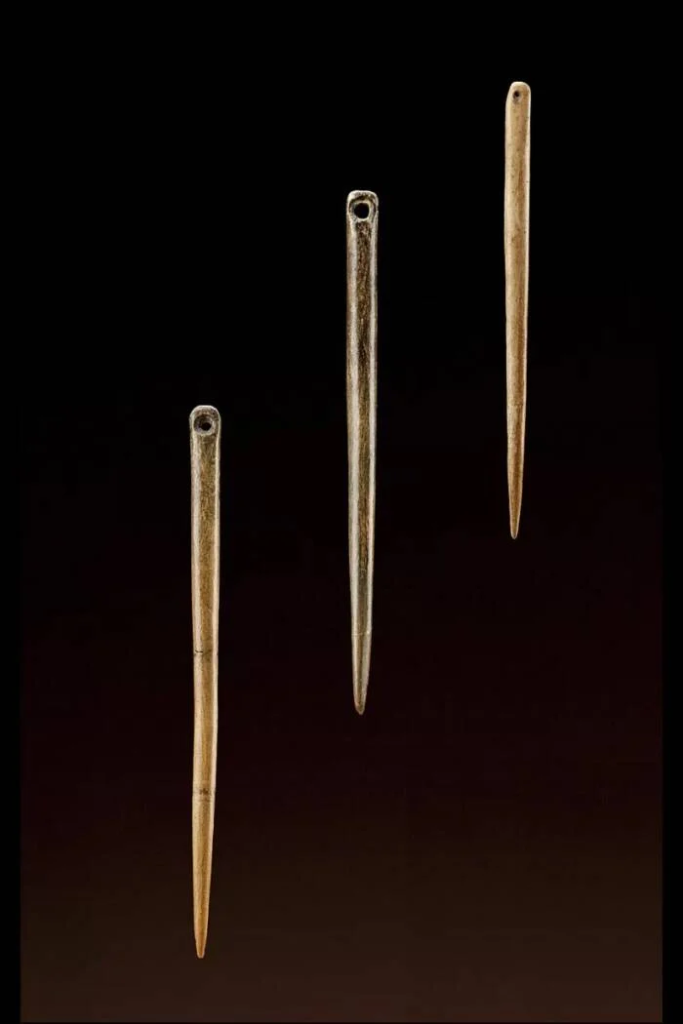
The advent of the “eyed” needle was a milestone in human civilization. It allowed our ancestors to craft far more durable and protective clothing and shelters, helping them explore new environments and live permanently in colder regions.
The oldest needles are made of bone. Archaeologists have excavated some dating back approximately 50,000 years in Russia’s Denisova Cave. But until now the oldest stone needles were only 2700 years old, found in Henan province in China. The new find pushes the advent of stone needles back more than 6000 years.
However, not everyone is convinced that the objects found in Tibet are needles. As Science reports, researchers unaffiliated with the new study raised some doubts about them. Some believe that the needles are “too blunt” for sewing and have suggested that they were “personal ornaments” instead. Others wonder if the needles were used to construct fishing nets, as they were found near a lake.
https://doi.org/10.1016/j.jasrep.2024.104610
Cover Photo: Yun Chen/Sichuan University

